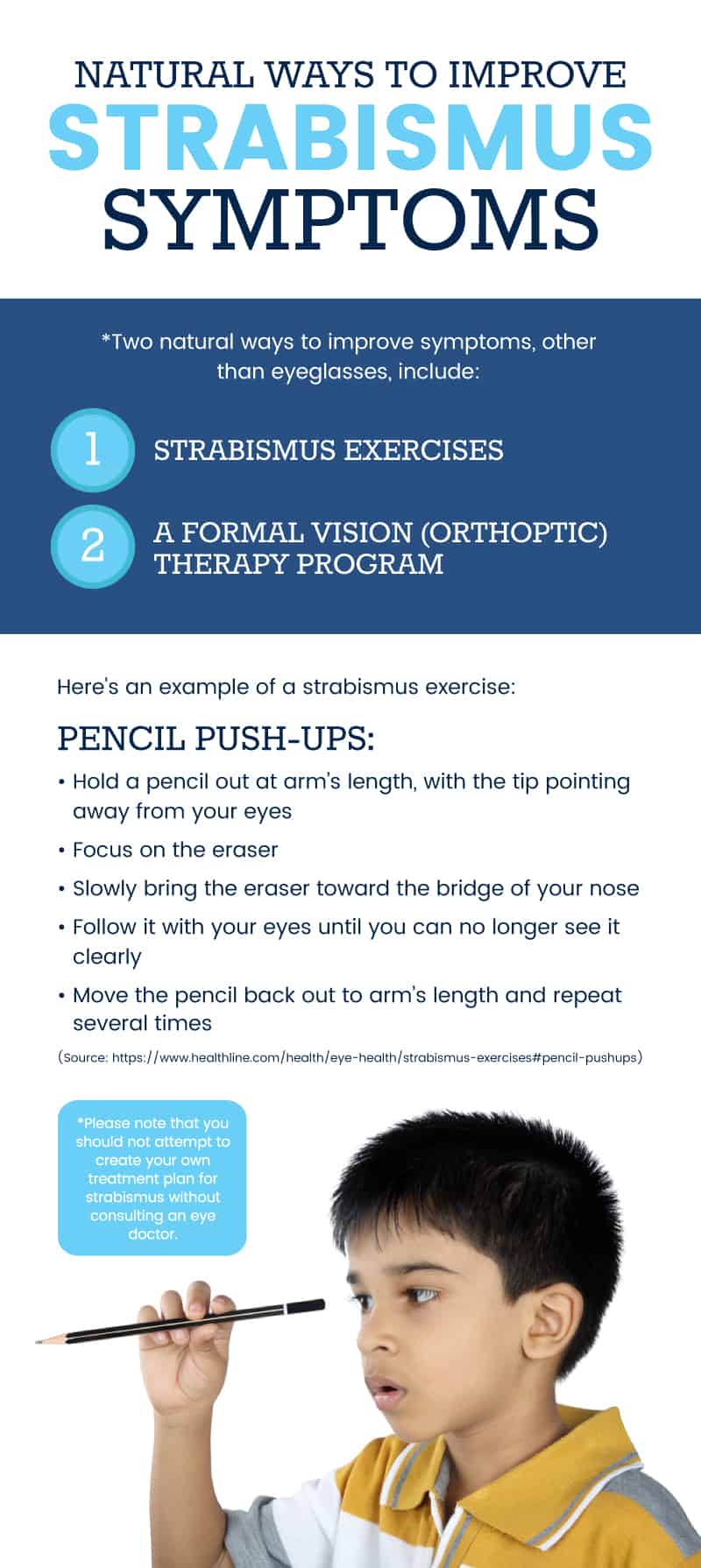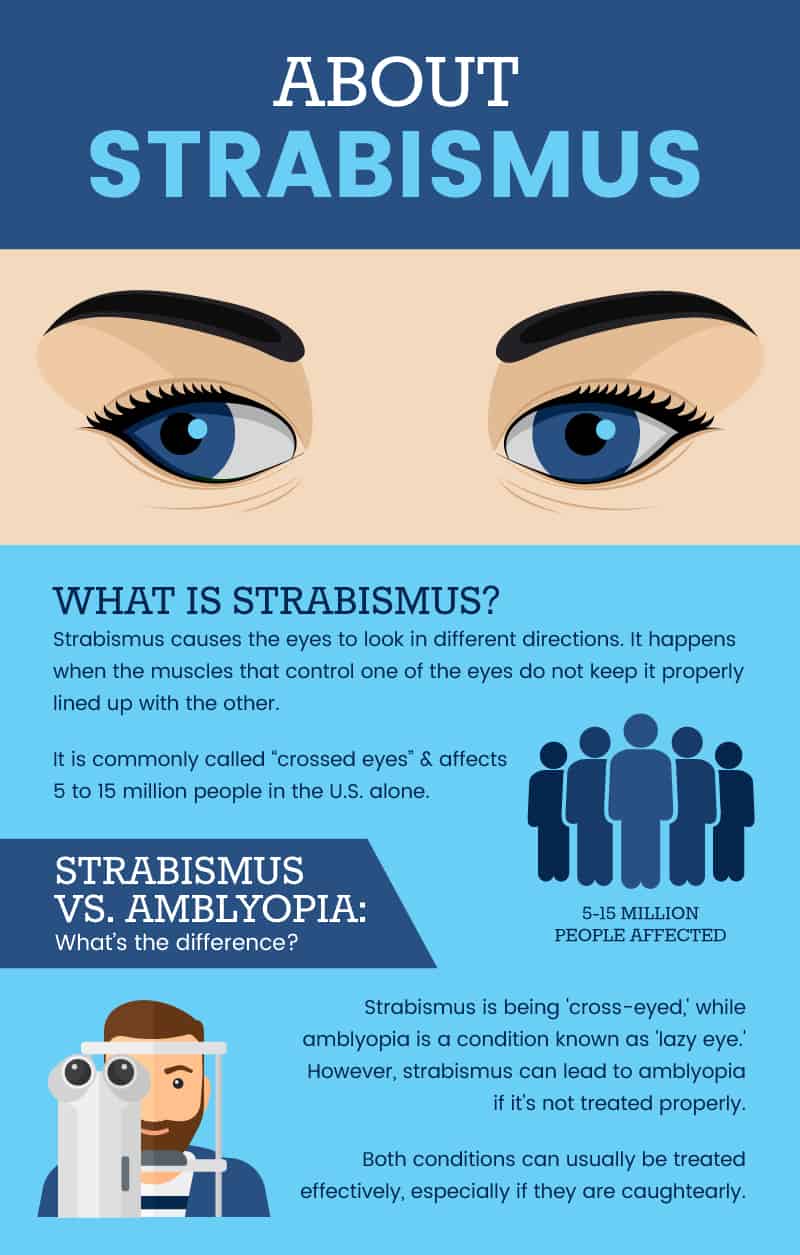This Dr. Axe content is medically reviewed or fact checked to ensure factually accurate information.
With strict editorial sourcing guidelines, we only link to academic research institutions, reputable media sites and, when research is available, medically peer-reviewed studies. Note that the numbers in parentheses (1, 2, etc.) are clickable links to these studies.
The information in our articles is NOT intended to replace a one-on-one relationship with a qualified health care professional and is not intended as medical advice.
This article is based on scientific evidence, written by experts and fact checked by our trained editorial staff. Note that the numbers in parentheses (1, 2, etc.) are clickable links to medically peer-reviewed studies.
Our team includes licensed nutritionists and dietitians, certified health education specialists, as well as certified strength and conditioning specialists, personal trainers and corrective exercise specialists. Our team aims to be not only thorough with its research, but also objective and unbiased.
The information in our articles is NOT intended to replace a one-on-one relationship with a qualified health care professional and is not intended as medical advice.
Strabismus: Natural Ways to Help Resolve ‘Crossed Eyes’
January 11, 2018

A simple definition of strabismus is misalignment of the eyes. (1) It is commonly called “crossed eyes” and affects five to 15 million people in the U.S. alone. (2) It includes any type of misalignment, such as one eye pointing in, out, up or down instead of in the same direction as the other eye.
Thankfully, many cases of strabismus can be improved with treatment. The goal of treatment is to help minimize problems with vision. By getting treatment for strabismus and taking steps of your own to care for your vision, you can help resolve or improve the condition. (3)
What Is Strabismus?
Strabismus is a condition that causes the eyes to look in different directions. It happens when the muscles that control one of the eyes do not keep it properly lined up with the other. This can result in double vision. (4) Strabismus may coexist with other eye problems, such as:
- trouble moving the eyes correctly
- not being able to see well
- having eye pain or discomfort
- headaches
- holding the head at strange angles
Being cross-eyed does not go away on its own. If left untreated, strabismus can get worse and cause lazy eye, permanent vision loss, blurry vision, eye strain, poor depth perception, poor self-esteem, tiredness and headaches. (6) These problems can in turn lead to other problems, such as injury, blindness, poor quality of life, under-achievement in school or work, low productivity and limited social interaction.
Many people with the condition are cross-eyed all the time, but in some people it comes and goes (called “intermittent” strabismus). It can occur at any age, but most cases affect children and begin before they turn 6 years old.
Strabismus Types
There are many ways to categorize this condition. These include:
- The direction of the misaligned eye: (9)
- Turned in: estropia
- Turned out: exotropia
- Looking up: hypertropia
- Looking down: hypotropia
- When the problem started:
- Infancy
- Early childhood (usually by 2 or 3 years of age)
- Adolescence
- Adulthood
- Which eye is impacted: (11)
- The same eye is constantly affected
- The same eye is affected on and off
- The problem switches between eyes
- How bad the misalignment is: (12)
- Mild
- Moderate
- Severe
- Potential cause of the problem: (13)
- Inherited (it runs in the family)
- Poor vision
- Injury
- Stroke
- Tumor
- Infection or other problems with the eye
- Unknown cause
The type of strabismus you have may dictate the type of treatment you require.
Is lazy eye the same as strabismus?
Strabismus vs. amblyopia: What’s the difference? Strabismus is being cross-eyed, while amblyopia is a condition known as “lazy eye.”
The two conditions may appear the same to an observer, since amblyopia can also cause one eye to wander inward or outward. In fact, strabismus is the most common cause of lazy eye. (14) However, lazy eye is due to one eye’s vision not fully developing, and it can occur even without being cross-eyed. (15)
When the weak muscles causing strabismus keep one eye pointed in the wrong direction, the brain stops tracking the input from the mismatched eye. The vision becomes poor in that weak, “lazy” eye. Alternatively, something may happen to cause poor vision first, and eventually the brain ignores the images coming from that eye. (16) Thankfully, both lazy eye and crossed eyes can usually be effectively treated, especially if they are caught early. (17)
Can strabismus be prevented?
Most cases of strabismus in children have no known cause. (18) Furthermore, many of the known causes of strabismus are not preventable, such as birth defects, genetic conditions, stroke and other health problems. While people can do their best to protect themselves from these potential causes, it may or may not help them prevent strabismus. However, regular eye exams can help identify the risk for being cross-eyed early — before it results in full-blown strabismus.
Some cases appear to run in families. While these cases can’t be prevented, anyone with a family member who is cross-eyed should receive early and regular vision screening. The muscle weakness that often leads to strabismus in very young children can be detected and corrected before it results in full-blown misalignment. (19)
In general, while it cannot be prevented, strabismus complications can be avoided if the condition is caught early and treated appropriately.
Can strabismus be treated?
In most cases, strabismus can be treated effectively. The goal of treatment is to preserve or restore the vision. Whether it can be corrected fully — restoring both the appearance of the eyes and their vision — depends on its cause and how long the condition went untreated. Most people with strabismus that is treated early (before the age of 6) have an excellent prognosis.
Strabismus in adults can also usually be treated effectively. However, there are cases where eye alignment after treatment is not perfect or goes back to misalignment over time. Some people also do not recover full vision even with treatment. (22)
Strabismus Signs & Symptoms
In children with strabismus, symptoms usually appear before the age of 3, but almost always by the age of 6. (23) However, older children and adults can develop crossed eyes as well.
Signs and symptoms of strabismus include: (25, 26)
- One eye pointing in the wrong direction (turned out or in, up or down)
- An eye that moves or drifts while the other eye is focused
- Squinting of one eye
- Frequent blinking, especially in bright sunlight
- Rubbing one or both eyes
- Tilting or moving the head to see something better
- Double vision
- Split vision (seeing one regular plus one half or partial image)
- Seeing unstable or moving images
- Eye fatigue or strain
- Headache
- Poor depth perception
- Constant or occasional trouble focusing, especially when you’re tired or ill
Eye doctors can also see signs of strabismus in the eye muscles and motion during an exam.
Strabismus Causes & Risk Factors
Strabismus causes and risk factors vary by age. In most cases, there is no known cause and the condition occurs early in life. However, strabismus causes and risk factors include: (29, 30)
- Family history of crossed eyes
- Stroke
- Poor vision (farsightedness) or vision loss
- Head or brain trauma
- Eye injury
- Cerebral palsy
- Down syndrome
- Hydrocephalus (a buildup of fluid in the head that happens in some newborns)
- Brain tumor or a nervous system problem
- Graves’ disease
- Apert syndrome
- Rubella in newborns
- Hemangioma near the eye in babies
- Incontinentia pigmenti syndrome
- Noonan syndrome
- Prader-Willi syndrome
- Newborn eye problems such as retinopathy or retinoblastoma
- Trisomy 18
- Botulism
- Diabetes
- Guillain-Barre syndrome
- Shellfish poisoning
Conventional Treatment
Strabismus treatment often involves surgery and glasses. People who have other eye problems, such as lazy eye or cataracts, are usually treated for those conditions before beginning strabismus treatment. (31) Conventional treatments for cross-eyed individuals usually depend on the type of alignment problem they have. (32) In some cases, treatment of an underlying condition (such as a brain tumor) may resolve strabismus without having to specifically treat the alignment problem.
You can expect at least one of the following treatment recommendations for crossed eyes: (33, 34, 35)
- Eyeglasses
- Eye exercises
- Prisms (thick prismatic glasses to reduce how much the eye has to turn)
- A patch over the good eye or drops to make the strong eye’s vision blurry (this forces the weaker eye to try to align and focus)
- Surgery on the eye muscles
Vision correction is the first step in almost every strabismus treatment plan. Then, if the eyes don’t move together after glasses or a patch improve vision, surgery may be needed. (36) This surgery makes a small cut in the eye to reposition the eye muscles. Most people recover from the surgery within a few days. However, many people may need glasses permanently, and some people may need more than one operation. (37)
If strabismus is not treated early, it can result in permanent vision loss.
Natural Ways to Improve Strabismus Symptoms
In the case of strabismus, many treatments recommended by ophthalmologists can be considered natural. Most of the conventional treatments for cross-eyed individuals do not require medication. Two natural ways to improve symptoms, other than eyeglasses, include: (38)
- Strabismus exercises
- A formal vision (orthoptic) therapy program
Please note that you should not attempt to create your own treatment plan for strabismus without consulting an eye doctor. This is because strabismus may coexist with other eye problems, or it may actually be another eye problem that just looks like crossed eyes. Professional diagnosis and treatment is essential.
-
Strabismus exercises
These exercises are exactly what they sound like: a workout for your eye muscles. While eye exercises alone are not enough to fix crossed eyes in most cases, they are often an important part of a treatment plan. (39) In general, these exercises can be performed two to 10 times per day, and should only take a few minutes to complete. (40)
Exercises for crossed eyes include:
- Pencil push-ups: (41)
- Hold a pencil out at arm’s length, with the tip pointing away from your eyes.
- Focus on the eraser.
- Slowly bring the eraser toward the bridge of your nose.
- Follow it with your eyes until you can no longer see it clearly.
- Move the pencil back out to arm’s length and repeat several times.
- Trombone exercise: (42)
- Much like the pencil push-up, this exercise involves holding a small object at arm’s length. However, you should cover your good eye.
- Hold the object wherever your weak eye normally points. Keep your head pointing straight ahead.
- Focus on the object with your weak eye and move the object until your eye is looking at it straight ahead of you. Try to keep the object in focus.
- Repeat this up to 20 times, varying the speed and distance of the object.
- Brock string: (43)
- Slide three different colored beads at equal intervals onto a string about 5 feet in length.
- Tie one end of the string to something that will not move, such as a table, handrail or cabinet knob. Hold the other end tightly up to your nose so that the string is taut.
- Focus on the bead closest to you. It should appear alone at the cross of an X formed by identical doubles of the string in front of and behind the bead. If you see crossing string in front of or behind the bead, your eyes are not focused properly on the bead.
- Once you see the bead at the center of the X, shift your focus to the center bead. It should look the same — a single bead at the center of an X made of the images of the string.
- Once the center bead is in focus, shift your gaze to the farthest bead. It should be at the point of an upside-down V, where the two lines of the V are the identical string images coming toward you.
- Once you can focus properly on all three beads, move them around on the string and do the exercise again.
- Barrel cards: (44)
- Draw three barrels in a row in red ink on a card. One should be big, the middle one should be medium-sized and the other should be small.
- Flip the card over. Draw matching barrels on the opposite side in green ink.
- Hold the card against your nose with the largest barrels farthest from your eyes (straight out from your face) and the smallest barrels the closest to your nose.
- Focus on the far barrels until they merge into one image. The other barrels should still appear in double.
- Hold your focus for about five seconds.
- Repeat the exercise with the medium and small barrels.
- Mirror swivels: (45)
- Stand with your back to a mirror, with your feet set wide enough apart that you won’t lose your balance when you twist around.
- Cover your healthy eye and look straight ahead with your weak eye.
- Turn your upper body around toward the side of your weak eye (for example, if your left eye is weak, rotate to the left to look behind you).
- Move your weak eye until you can see your eye in the mirror. Then turn back to the starting position.
- Repeat this process up to six times, then cover your weak eye and repeat the exercise using your strong eye.
- Side bends: (46)
- Stand with your feet about shoulder-width apart.
- Lift your hands straight out to each side, at shoulder height.
- Turn your head and weak eye to look at whichever hand is in the opposite direction of where your weak eye points (for example, if it points to the left, look toward your right hand).
- Bend your upper body down to the other side so that the hand you are looking at goes toward the ceiling and your other hand goes down toward the floor.
- Slowly return to the starting position.
- Repeat the exercise looking at the other hand and bending the other direction.

-
Vision (orthoptic) therapy
Vision therapy programs are developed by an eye doctor and often practiced both in the doctor’s office and at home. (47) They usually combine a series of eye examinations by the doctor with weekly or monthly eye exercise routines. The doctor will have the patient practice the exercises in the office to make sure they are doing them correctly, and then will check for progress in eye alignment at each visit. These programs are often used for people with occasional strabismus. (48)
In professional vision therapy programs, the doctor prescribes exercises that target a particular alignment problem. Some eye treatment centers offer digital programs that have games or eye exercises for children or adults to do while watching a computer screen. (49) Over time, the specific exercises the doctor recommends may change based on your symptoms. The therapy program may improve the weak eye’s muscles, so regular observation and testing by the eye doctor will help you know sooner whether your efforts are effective. (50)
Precautions
Do not attempt to diagnose strabismus without the assistance of an eye doctor. It can be confused with other eye conditions or neurological disorders. In some cases, the eye control problem may also be a sign of a serious underlying health problem, such as a brain tumor. It is critical that crossed eyes, double vision, or other problems controlling or focusing your eyes be evaluated by a professional.
Do not avoid conventional treatment in the hopes that crossed eyes will go away on their own. Other than cases in infants that sometimes disappear within a few months, strabismus requires treatment. Although not everyone will need glasses or surgery, most people do require more than vision therapy and eye exercises to regain normal eye alignment. The eye exercises in this article are not a substitute for targeted exercise advice and care from an eye doctor.
If strabismus is not treated properly at an early stage, it can result in permanent vision loss or vision problems.
Strabismus Key Points
- Strabismus includes any type of eye misalignment. It is commonly called “crossed eyes” but the weak eye can point in any direction: in, out, up or down. The misalignment is caused by weak eye muscles that cannot control where the weak eye is looking.
- The condition is most common in young children, although it can occur at any age.
- In most cases, the cause of strabismus is unknown. However, causes include birth defects, strokes, brain injury, diabetes and a number of other diseases.
- Conventional treatment typically involves eyeglasses and surgery. Underlying vision problems, such as cataracts or farsightedness, may be treated before proceeding with strabismus-specific treatment.
- Strabismus should not be left untreated, since it can result in permanent vision damage.
- When treated early, this vision problem can usually be fixed so that the eyes align.
Natural therapies to help improve strabismus symptoms include:
- Strabismus eye exercises
- Formal vision therapy programs









